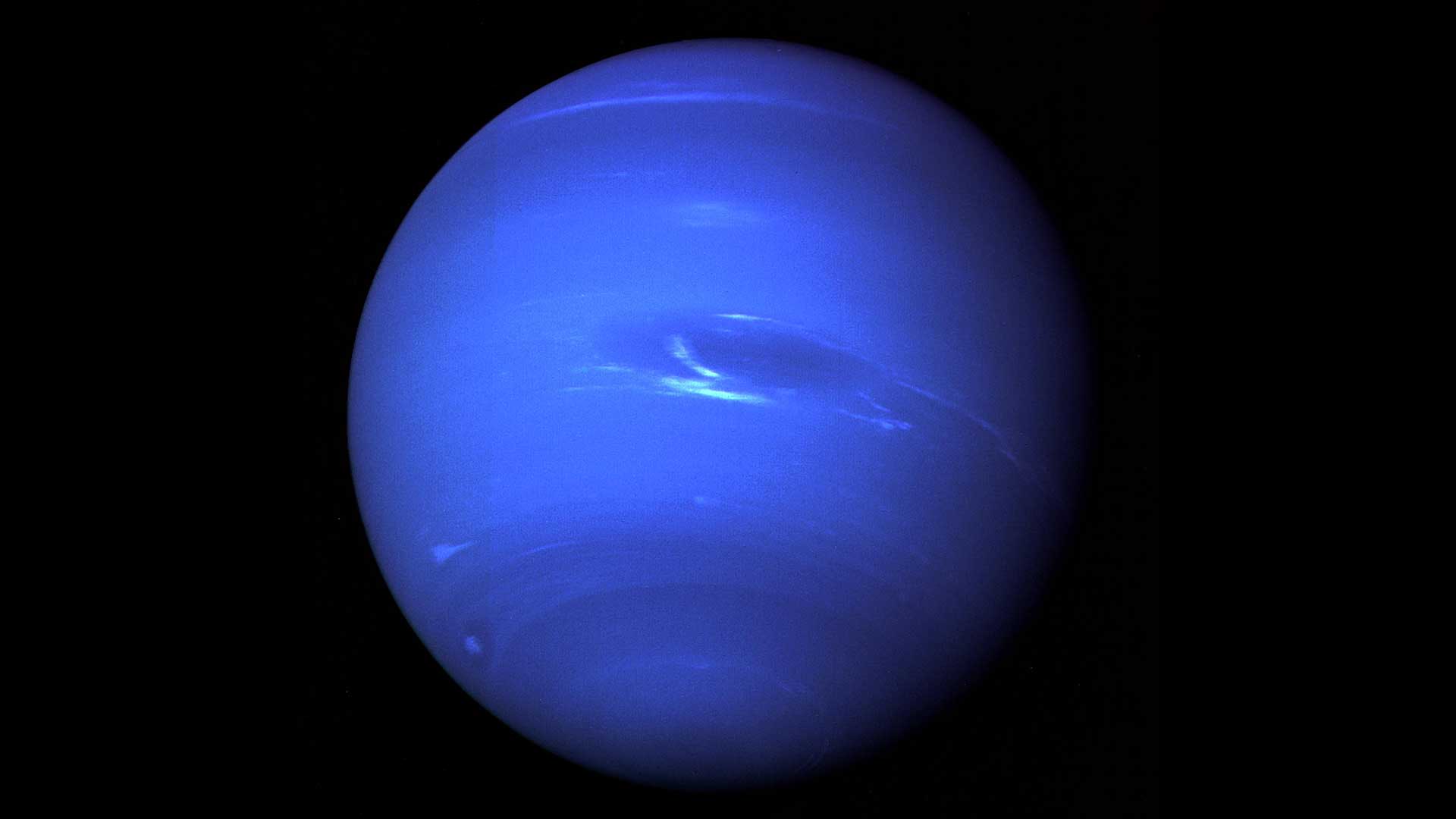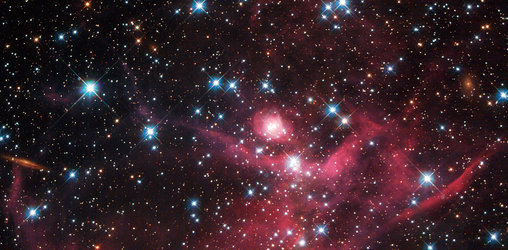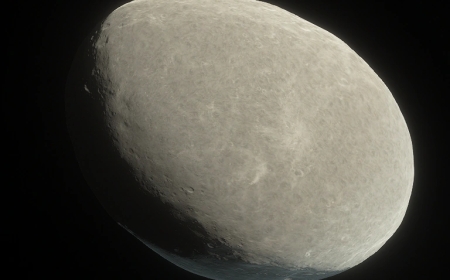Exploring the Milky Way: Our Galaxy’s Structure, Secrets, and Significance
Discover the structure and mysteries of the Milky Way galaxy — a massive, rotating barred spiral galaxy that is home to our solar system and a supermassive black hole at its center.

The Milky Way galaxy, our cosmic home, remains one of the most fascinating and studied objects in the universe. Spanning approximately 100,000 light-years in diameter and containing over 100 billion stars, the Milky Way is a barred spiral galaxy that continues to intrigue astronomers and stargazers alike.
From Earth, we view the Milky Way as a hazy band of light stretching across the night sky. This glow comes from the densely packed stars and cosmic dust that make up the galaxy’s disk. It’s named “Milky Way” from a Latin translation of the Greek “Galaxias Kyklos,” meaning “milky circle,” due to its cloudy appearance.
Scientists describe the Milky Way as a barred spiral galaxy, featuring a central bulge and several arms that extend outward in a spiral shape. These arms — such as the Perseus Arm and the Sagittarius Arm — are rich in gas, dust, and star-forming regions. Our solar system is located within one of these arms, the Orion Arm, about 26,000 light-years from the galactic center.
At the heart of the Milky Way lies a supermassive black hole known as Sagittarius A*, estimated to be about four million times the mass of the Sun. While invisible directly, its presence is confirmed through its gravitational effect on nearby stars and gas. The intense gravitational pull of Sagittarius A* shapes much of the activity in the inner galaxy.
One remarkable fact about the Milky Way is that it’s constantly moving and changing. The galaxy rotates, with stars near the center orbiting faster than those in the outer arms. In addition, the Milky Way is on a collision course with the nearby Andromeda galaxy, which scientists believe will merge with ours in about four billion years, forming a new, larger galaxy.
Despite its size and complexity, much of the Milky Way is still unexplored. Cosmic dust blocks optical telescopes from seeing into some areas, but modern instruments — including infrared and radio telescopes — are helping astronomers map more of the galaxy's structure and uncover hidden features.
Studying the Milky Way also gives scientists valuable clues about the universe’s history and the possibility of life beyond Earth. Understanding how stars and planets form within our galaxy helps piece together the story of our own solar system's origins.
The Milky Way remains a source of wonder and inspiration. As technology advances and our understanding deepens, we continue to unlock the secrets of this vast galactic city we call home.
What's Your Reaction?












/https://tf-cmsv2-smithsonianmag-media.s3.amazonaws.com/filer_public/54/66/546650fa-26a4-40fd-8d6d-5a7a04540f81/rosetta2.png)


















































format(webp))
format(webp))
























